Home>Home Maintenance>What Can You Use To Remove Tree Roots From A House Drainage System
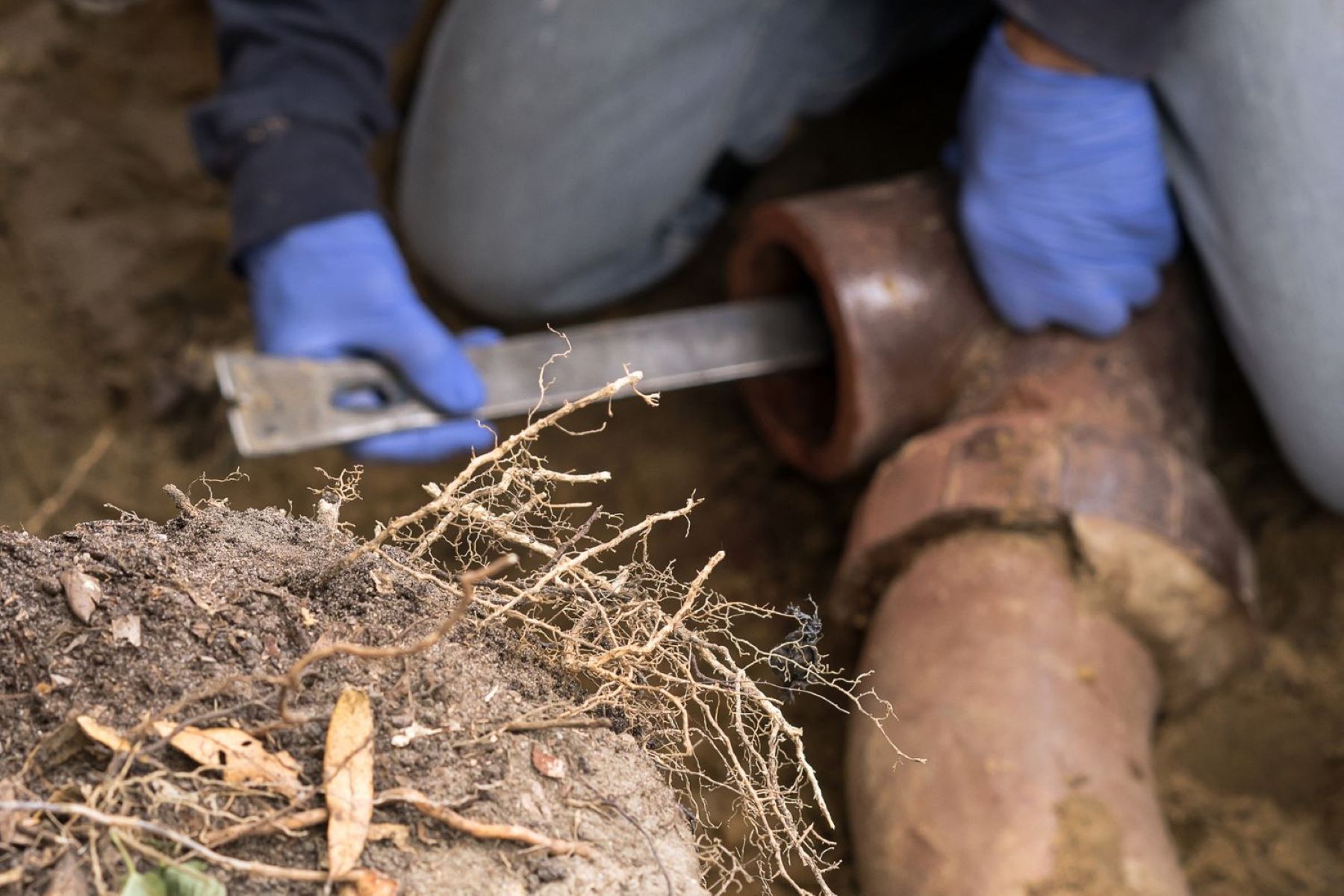

Home Maintenance
What Can You Use To Remove Tree Roots From A House Drainage System
Modified: March 7, 2024
Looking to remove tree roots from your house drainage system? Our expert tips and tools for home maintenance can help you tackle this issue effectively.
(Many of the links in this article redirect to a specific reviewed product. Your purchase of these products through affiliate links helps to generate commission for Storables.com, at no extra cost. Learn more)
Introduction
Welcome to our comprehensive guide on how to remove tree roots from a house drainage system. Dealing with tree root intrusion in the drainage system can be a frustrating issue for homeowners. Not only can it cause blockages and backups, but it can also lead to costly repairs if left unaddressed.
Understanding why tree roots invade drainage systems is crucial in effectively tackling the problem. Trees naturally seek water sources, and the moisture and nutrients found in drainage lines become an attractive target. As tree roots grow, they can infiltrate pipes and cause obstructions, leading to a myriad of issues for homeowners.
In this article, we will explore various signs of tree root intrusion, effective methods to remove tree roots from a house drainage system, the use of chemical root killers, mechanical removal techniques, professional drain cleaning services, and preventive measures to avoid future root intrusions.
By following the strategies outlined in this guide, you will be equipped with the knowledge and methods to restore optimal functionality to your drainage system and avoid potential damage caused by tree root invasion.
Key Takeaways:
- Tree roots can infiltrate drainage systems, causing slow drainage, gurgling sounds, and foul odors. Look out for signs like overflowing toilets and unexplained patches of lush grass near pipes to catch root intrusion early.
- To remove tree roots from drainage systems, consider using chemical root killers, mechanical removal techniques like hydro jetting, or professional drain cleaning services. Preventive measures such as strategic tree planting and regular maintenance can help avoid future root intrusion issues.
Read more: How To Remove Tree Roots From Plumbing
Understanding Tree Roots in the Drainage System
To effectively deal with tree root intrusion in the drainage system, it is essential to understand how and why it occurs. Trees have a natural instinct to seek water sources, and if your drainage system provides a consistent water supply, tree roots may find their way into the pipes.
Tree roots are attracted to the moisture and nutrients present in the drainage lines. As they grow and spread, they can infiltrate small cracks or joints in the pipes, searching for water and causing blockages. As the roots continue to grow, they can exert pressure on the pipes, leading to leaks, breakages, and even complete pipe collapse.
Some trees are more likely to cause drainage issues than others. Species with aggressive and invasive root systems, such as willows, poplars, and silver maples, are particularly problematic. Additionally, the age and proximity of the trees to your house can also play a role in the likelihood of root intrusion into your drainage system.
It is important to note that tree roots are quick to exploit any existing weaknesses in the drainage pipes. If the pipes are already damaged or old, they become even more susceptible to tree root invasion.
Regular maintenance and monitoring of your drainage system are key to identifying potential root intrusion issues early on. By understanding how tree roots behave and infiltrate pipes, you can take proactive measures to prevent and address these problems before they escalate.
Signs of Tree Root Intrusion
Identifying the signs of tree root intrusion in your house drainage system is crucial in addressing the issue promptly. By knowing what to look for, you can take the necessary steps to prevent further damage and avoid costly repairs. Here are some common signs that indicate tree roots may be infiltrating your drainage system:
- Slow drainage: If you notice that your sinks, toilets, or showers are draining slower than usual, it could be a sign of tree root obstruction. As roots grow and spread within the pipes, they can restrict water flow, causing drains to clog and water to back up.
- Gurgling sounds: Unusual gurgling sounds coming from your drains or toilet can indicate that tree roots have invaded your drainage system. These sounds occur when air is trapped in the pipes due to root blockages.
- Foul odors: If you detect unpleasant odors emanating from your drains or toilets, it may be a result of decomposing roots or stagnant water caused by root blockages.
- Overflowing toilets: When tree roots obstruct the drainage system, toilets may overflow or back up. This is a clear indication that tree roots have infiltrated the pipes and are causing a blockage.
- Unexplained patches of lush, green grass: If you notice particularly vibrant patches of grass or vegetation near your drainage pipes, it could be a sign that tree roots are seeking and absorbing moisture from the drainage system.
- Cracks in foundation or walls: In advanced cases of root intrusion, the pressure exerted by growing roots can lead to cracks in the foundation or walls of your house. If you notice any structural damage along with drainage issues, tree root invasion may be the underlying cause.
If you experience any of these signs, it is important to take action promptly to prevent further damage to your drainage system and your home. By addressing the root intrusion early on, you can save yourself from significant repair costs and inconvenience.
Methods to Remove Tree Roots from a House Drainage System
Once you have identified tree root intrusion in your house drainage system, it’s crucial to take prompt action to remove the roots and restore proper functionality. There are several effective methods available for removing tree roots from your pipes. Let’s explore these methods:
- Chemical root killers: Chemical root killers, also known as foaming root killers, are commonly used to eliminate tree roots from drainage systems. These products contain herbicides that kill the tree roots upon contact. They are typically poured into the affected drains or toilets and left to work their magic. However, it is essential to follow the manufacturer’s instructions and safety guidelines when using chemical root killers.
- Mechanical root removal: Mechanically removing tree roots involves using specialized tools to physically cut or remove the roots from the pipes. One common method is hydro jetting, which utilizes high-pressure water to flush out and dislodge the root obstruction. Additionally, root cutting tools, such as augers or root saws, can be used to manually cut away the roots from inside the pipes. Mechanical root removal is often best left to professional plumbers with the necessary expertise and equipment.
- Professional drain cleaning services: Engaging the services of professional drain cleaners is an effective and convenient option for removing tree roots from your house drainage system. These experts have the experience, knowledge, and specialized tools to thoroughly clean and clear your pipes. They can use a combination of techniques, such as root cutting, hydro jetting, and video inspections, to identify and remove the root obstructions.
It’s important to note that while chemical root killers can provide temporary relief, they may not eliminate the roots entirely. Mechanical root removal and professional drain cleaning services offer more comprehensive solutions and can address the root intrusion problem more effectively.
Remember, prevention is key to avoiding future root intrusion issues. Regular maintenance, such as annual drain inspections and root treatments, can help keep your drainage system root-free and functioning optimally.
Chemical Root Killers
Chemical root killers, sometimes referred to as foaming root killers, are a common solution for removing tree roots from house drainage systems. These products typically come in the form of herbicidal foams or powders that are specifically designed to kill tree roots upon contact.
Chemical root killers work by penetrating the roots and releasing herbicides that target and destroy them. The foam or powder adheres to the inner surface of the pipes, coating the roots and effectively killing them. Over time, the dead roots will decay and break down, allowing the drainage system to function properly again.
When using chemical root killers, it is crucial to follow the manufacturer’s instructions and safety guidelines. Here are some important considerations:
- Choose the right product: Select a chemical root killer that is specifically formulated for use in drainage systems. Be sure to choose one that is safe for your particular pipe material, as certain products may be corrosive to certain types of pipes.
- Timing and usage: It is recommended to use chemical root killers during times when the drainage system is not in heavy use, such as at night or when you’re away from home for an extended period. This allows the product to sit in the pipes undisturbed for optimal results.
- Application: Carefully follow the instructions for applying the chemical root killer. This typically involves pouring the product into the affected drains or toilets and allowing it to sit for the recommended amount of time before flushing with water.
- Preventive measures: Chemical root killers can provide temporary relief, but they may not completely eradicate the roots. It’s important to implement preventive measures, such as regular maintenance and root treatments, to avoid future root intrusion issues.
- Safety precautions: When handling chemical root killers, always wear protective gloves and eyewear. Keep children and pets away from the treated areas, and avoid inhaling the fumes.
While chemical root killers can be effective in controlling tree root intrusion, it’s important to note that they may not offer a permanent solution. For more severe cases or long-term prevention, it is advisable to consult with a professional drain cleaning service or a plumber who can provide more comprehensive solutions.
Remember, accurate identification of the problem and understanding the extent of the root intrusion is essential before attempting any root removal method. If you are unsure or uncomfortable dealing with chemical root killers, it is always best to seek professional assistance.
You can use a sewer auger or a hydro jet to remove tree roots from a house drainage system. These tools can help break up and clear out the roots, allowing water to flow freely again.
Mechanical Root Removal
Mechanical root removal is a method commonly used to physically cut or remove tree roots from a house drainage system. This approach involves the use of specialized tools and techniques to clear the roots and restore proper functionality to the pipes.
Here are some common mechanical root removal methods:
- Hydro jetting: Hydro jetting is a highly effective method used by professional plumbers to remove tree roots and other obstructions from drainage pipes. It involves using a high-pressure water jet to flush out the roots and clear the blockages. The force of the water can break up the roots and wash them away, restoring the flow of water through the pipes. Hydro jetting is particularly useful for removing stubborn root masses and debris that have accumulated in the pipes.
- Root cutting tools: Various root cutting tools, such as augers or root saws, can be used to physically cut away tree roots from inside the pipes. These tools are designed to navigate through the pipes and slice through the roots, effectively removing them. Root cutting is often performed using mechanized or manual equipment, depending on the severity and location of the root intrusion.
- Video inspection: Before employing mechanical root removal techniques, it is often necessary to conduct a video inspection of the drainage system. This involves using a specialized camera that can be inserted into the pipes to assess the extent of the root intrusion. The video footage allows plumbers to identify problem areas and determine the most appropriate method for root removal.
Mechanical root removal is a task that is best left to professional plumbers who have the expertise, experience, and specialized equipment required for the job. They will be able to assess the severity of the root intrusion, determine the most effective mechanical removal method, and carry out the process safely and efficiently.
It’s important to note that while mechanical root removal can provide immediate relief from root blockages, it may not offer a permanent solution. Regular maintenance, preventive measures, and monitoring of the drainage system are necessary to prevent future root intrusions and maintain optimal functionality.
Consulting with a professional plumber or drain cleaning service is the best course of action when it comes to mechanical root removal. They can accurately diagnose the issue, recommend the most appropriate solution, and ensure that the root intrusion is effectively addressed.
Professional Drain Cleaning Services
When it comes to removing tree roots from a house drainage system, seeking the expertise of professional drain cleaning services can save you time, effort, and potential damage. These professionals have the knowledge, experience, and specialized tools to effectively and efficiently clear your pipes of tree root intrusions.
Here are some key benefits of engaging professional drain cleaning services:
- Experience and expertise: Professional drain cleaners have extensive experience in dealing with a wide range of drainage issues, including tree root intrusions. They understand the best practices and techniques to safely and effectively remove roots without causing further damage to the pipes.
- Specialized tools and equipment: Drain cleaning services have access to advanced tools and equipment specifically designed for root removal. These tools, such as hydro jetters, root cutting machines, and video inspection cameras, enable them to thoroughly assess and clean your drainage system.
- Comprehensive solution: Professional drain cleaners offer a holistic approach to root removal. They can conduct a thorough inspection of your pipes, identify the extent of the root intrusion, and recommend the most appropriate method for removal. Whether it’s hydro jetting, root cutting, or a combination of techniques, they can tailor their services to suit your specific needs.
- Preventive maintenance: In addition to root removal, professional drain cleaners can provide preventive maintenance services to reduce the likelihood of future root intrusions. This may include applying root treatments, conducting regular inspections, and offering advice on how to maintain a healthy drainage system.
- Time and convenience: Hiring professionals to clean your drains saves you valuable time and effort. They have the expertise and resources to efficiently complete the job, allowing you to focus on other important tasks.
When selecting a professional drain cleaning service, ensure they are reputable, licensed, and insured. It’s also helpful to read reviews from previous customers to gauge their level of satisfaction with the service provided.
Remember, professional drain cleaning services offer a comprehensive solution to remove tree roots from your house drainage system. By leveraging their expertise and utilizing their specialized tools, you can effectively address root intrusions and restore optimal functionality to your drains.
Preventive Measures to Avoid Tree Root Intrusion
Preventing tree root intrusion in your house drainage system is key to avoiding costly repairs and inconvenience in the future. By implementing preventive measures, you can reduce the likelihood of tree roots infiltrating your pipes. Here are some effective strategies to consider:
- Strategic tree planting: Take caution when planting trees around your property. Consider the mature size and root spreading habits of the tree species before planting near drainage lines. Choose trees with non-invasive root systems, such as Japanese maples or fruit trees, and plant them a safe distance away from the drainage system.
- Regular maintenance: Routinely inspect and maintain your drainage system to detect any early signs of root intrusion. Have a professional plumber or drain cleaning service perform annual inspections to identify potential issues before they escalate.
- Root barriers: Install physical root barriers or barriers made of root-resistant materials near your drainage system. These barriers will help prevent tree roots from accessing the pipes by redirecting their growth away from the area.
- Regular root treatments: Apply root treatments or foaming root killers periodically to deter root growth in your drainage system. These treatments can help inhibit root growth and keep the pipes clear and free of obstructions.
- Proper disposal of waste: Avoid disposing large quantities of grease, oils, food scraps, or harsh chemicals down your drains. These substances can attract tree roots and contribute to pipe blockages. Dispose of them properly in designated waste containers instead.
- Efficient water usage: Be mindful of your water usage to prevent overwatering of trees near your drainage system. Overwatering can attract tree roots towards your pipes in search of moisture. Water your trees and plants strategically and only when necessary.
- Regular landscaping maintenance: Regularly inspect and trim tree roots near the drainage system. Ensure that tree roots are not extending towards the pipes. If you notice any invasive roots, consult with a professional arborist or tree specialist to assess the situation and take appropriate action.
Implementing these preventive measures can significantly reduce the chances of tree roots infiltrating your house drainage system. By being proactive and taking early action, you can avoid the potential headaches and expenses that come with root intrusion.
Remember, while preventive measures can help minimize the risk, it’s essential to monitor your drainage system regularly and seek professional assistance if you suspect any root intrusion issues. By addressing the problem early on, you can preserve the integrity and functionality of your drainage system.
Conclusion
Dealing with tree root intrusion in a house drainage system is a common challenge for homeowners. However, by understanding the nature of tree roots and implementing the right strategies, you can effectively address this issue and maintain a properly functioning drainage system.
In this comprehensive guide, we explored the various aspects of tree root intrusion, including signs to watch out for and methods to remove tree roots from your drainage system.
We discussed the importance of understanding how tree roots infiltrate the pipes and identified key signs that indicate the presence of root intrusion. Recognizing these signs early on can help prevent further damage and costly repairs.
We explored different methods to remove tree roots, such as chemical root killers and mechanical root removal techniques. While chemical root killers can offer temporary relief, mechanical root removal, like hydro jetting or root cutting, provides more comprehensive and lasting solutions. Engaging professional drain cleaning services is also a wise choice, as they have the expertise, specialized tools, and preventive maintenance options to effectively address root intrusions.
Furthermore, we highlighted preventive measures to avoid tree root intrusion, such as strategic tree planting, regular maintenance, installing root barriers, utilizing root treatments, and practicing efficient water usage. By implementing these preventive measures, you can reduce the likelihood of root intrusion and ensure the long-term health of your drainage system.
In conclusion, understanding tree root behavior, promptly addressing signs of intrusion, and implementing preventive measures are key to maintaining a functional and efficient house drainage system. If you experience significant root intrusion or are unsure about tackling the problem yourself, it is always advisable to seek professional assistance from experienced plumbers or drain cleaning services.
By implementing these strategies and staying vigilant, you can prevent and effectively manage tree root intrusion, ensuring a well-functioning and trouble-free drainage system for your home.
Frequently Asked Questions about What Can You Use To Remove Tree Roots From A House Drainage System
Was this page helpful?
At Storables.com, we guarantee accurate and reliable information. Our content, validated by Expert Board Contributors, is crafted following stringent Editorial Policies. We're committed to providing you with well-researched, expert-backed insights for all your informational needs.
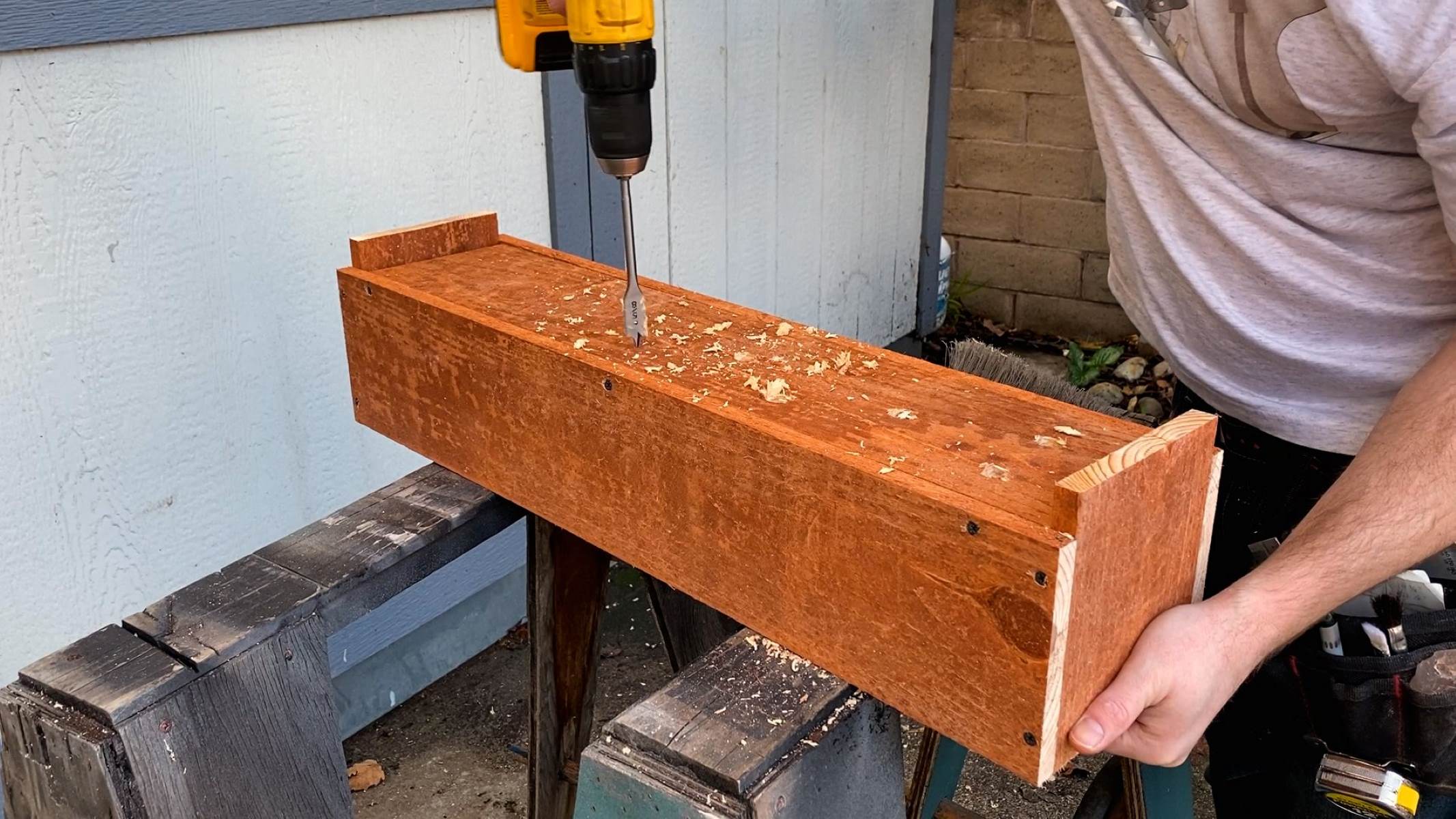
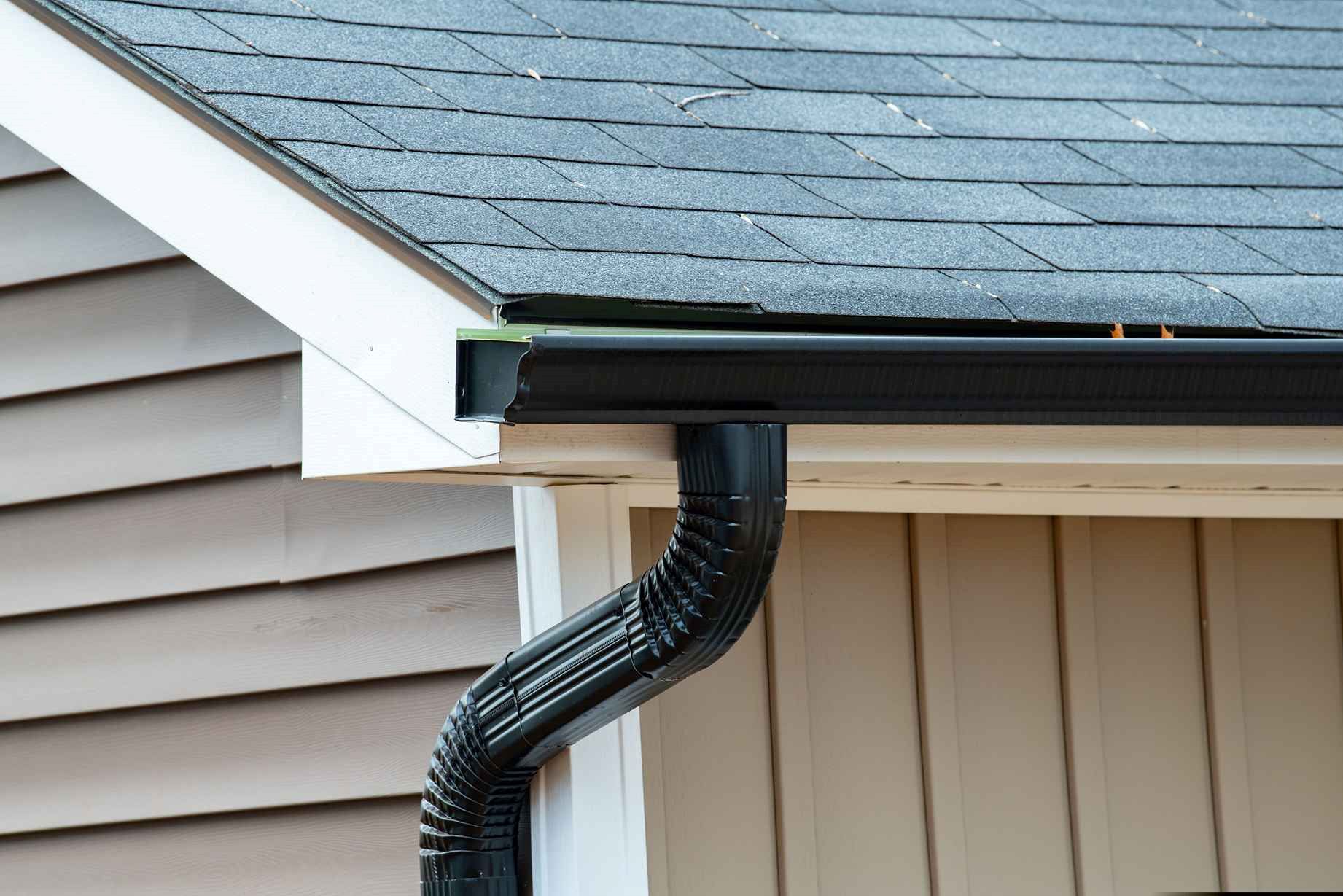
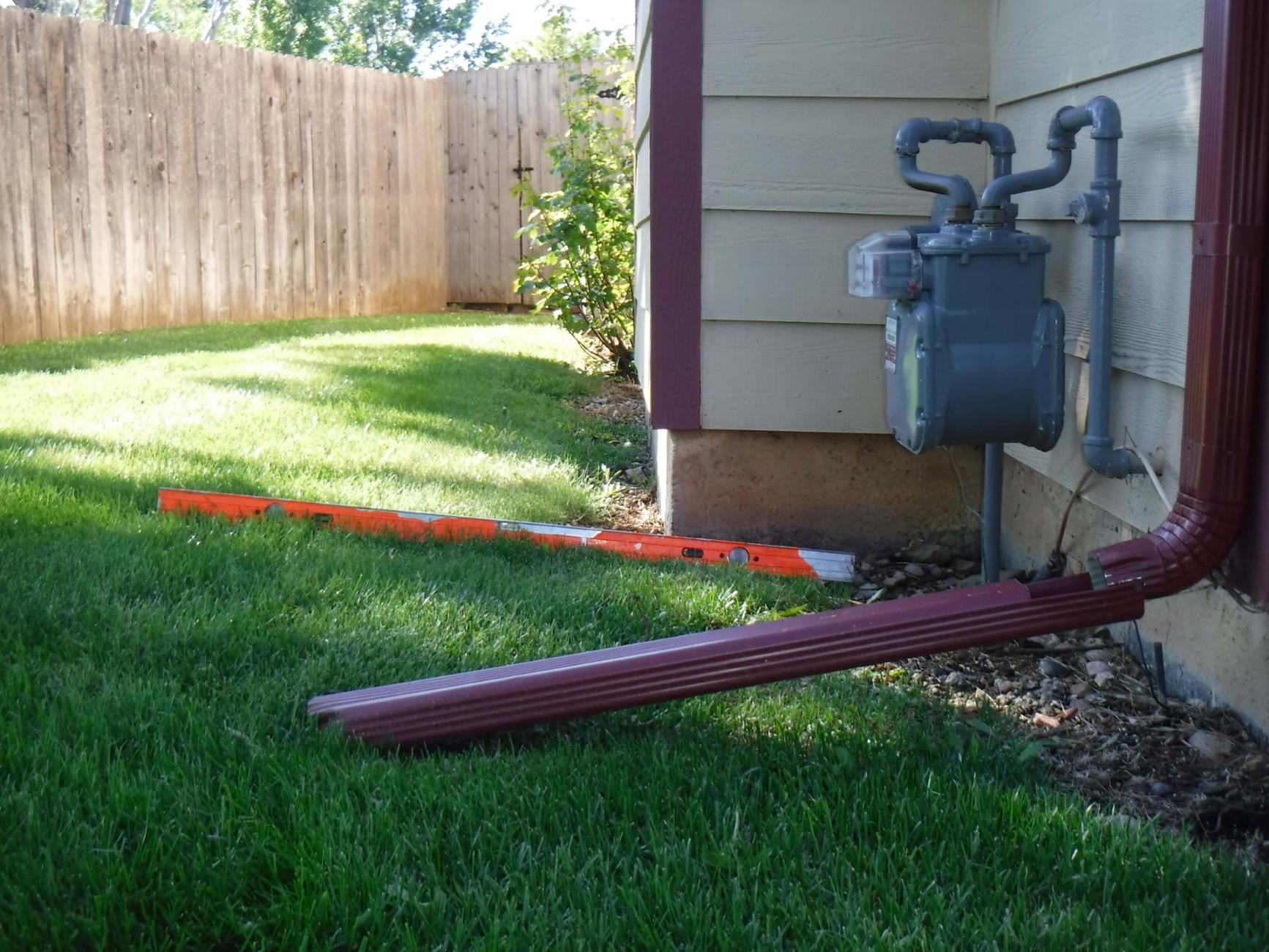
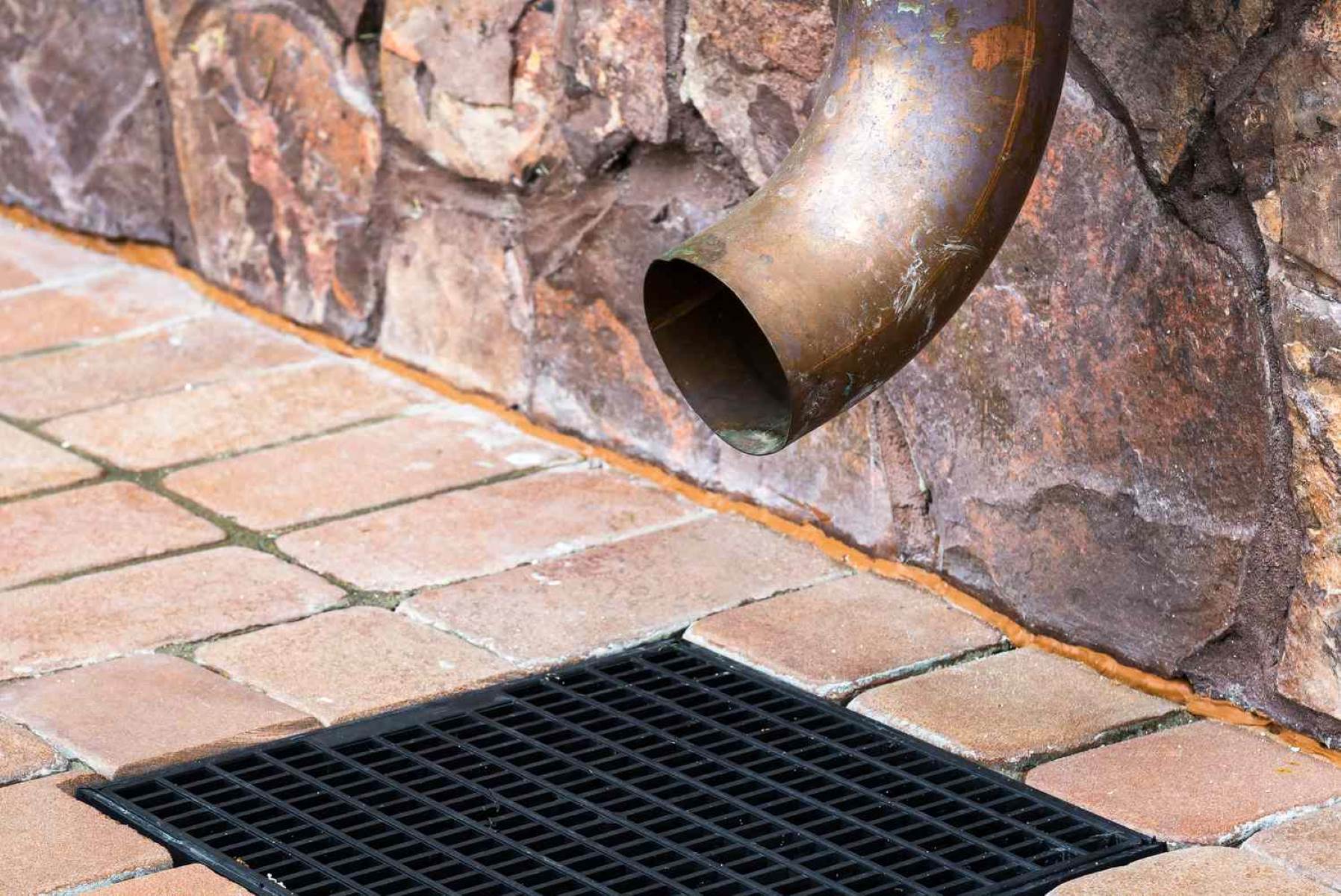
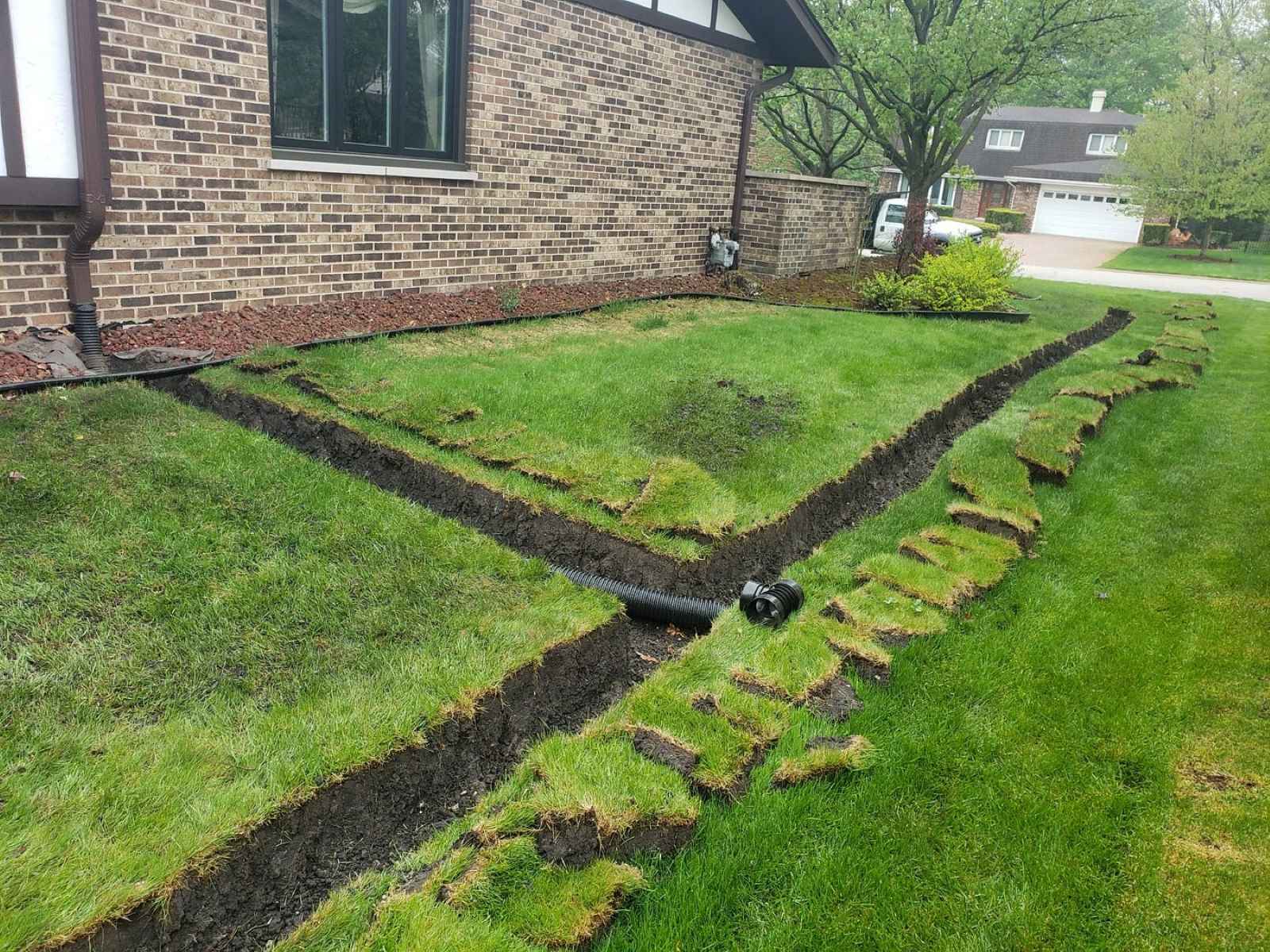
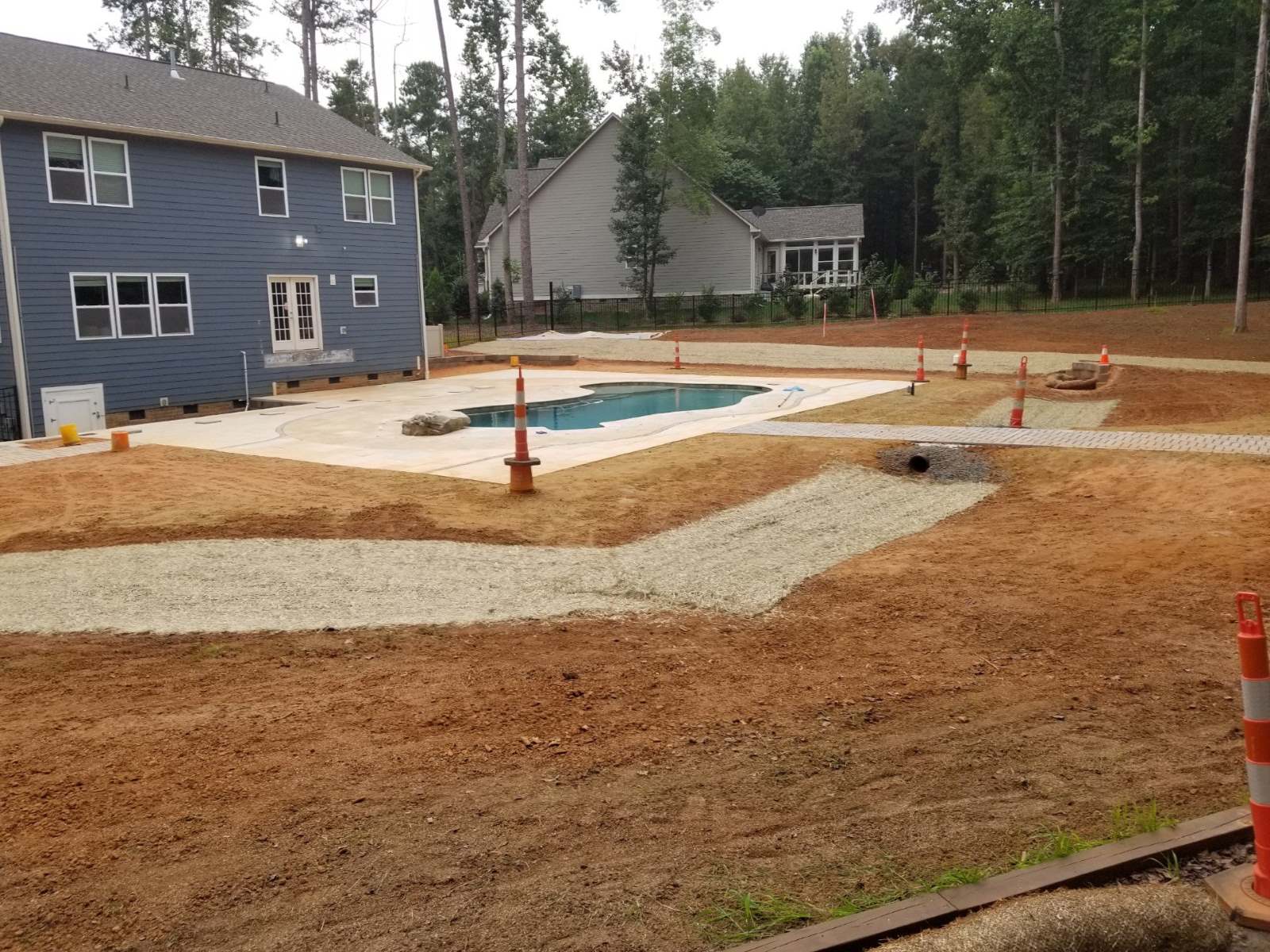
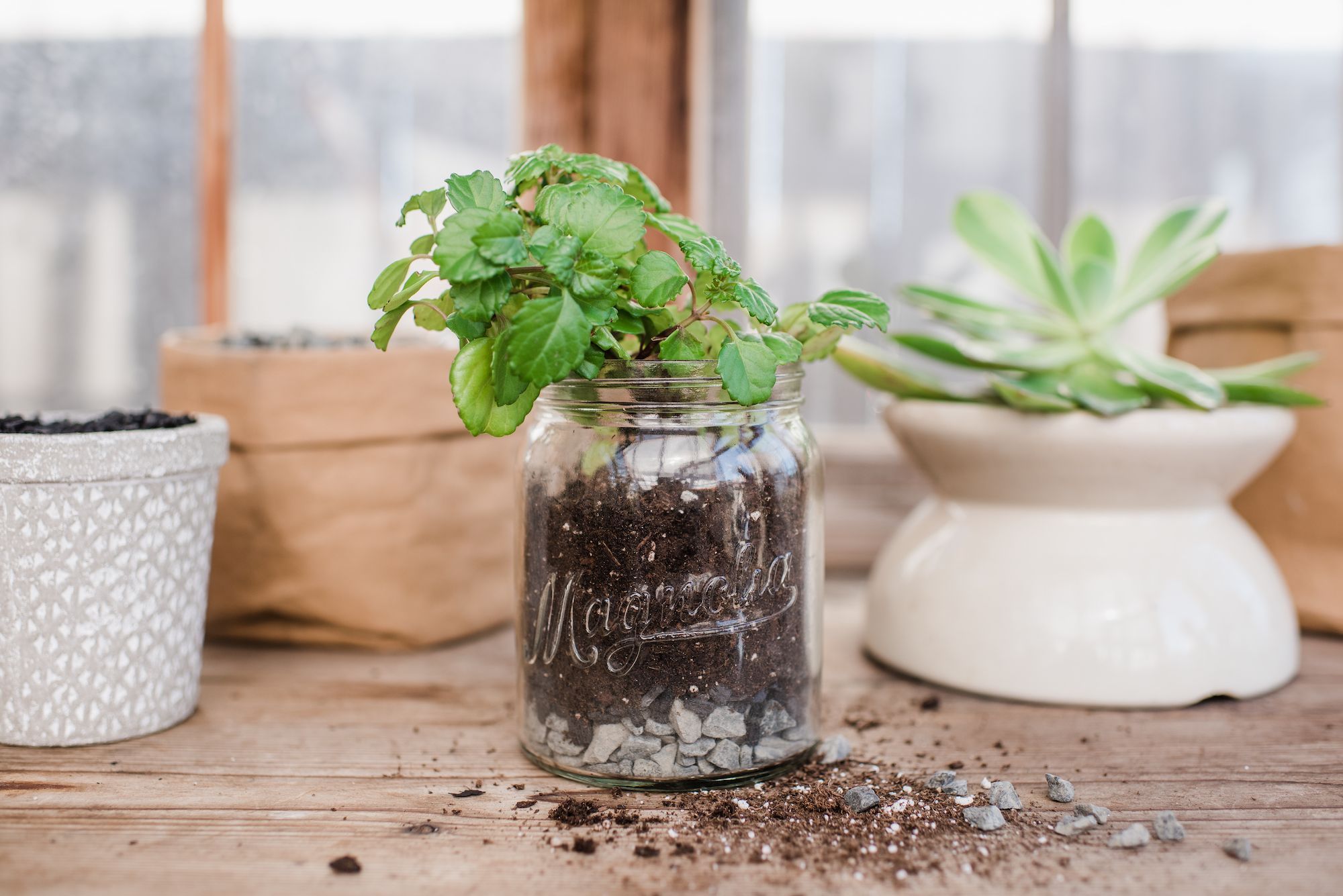



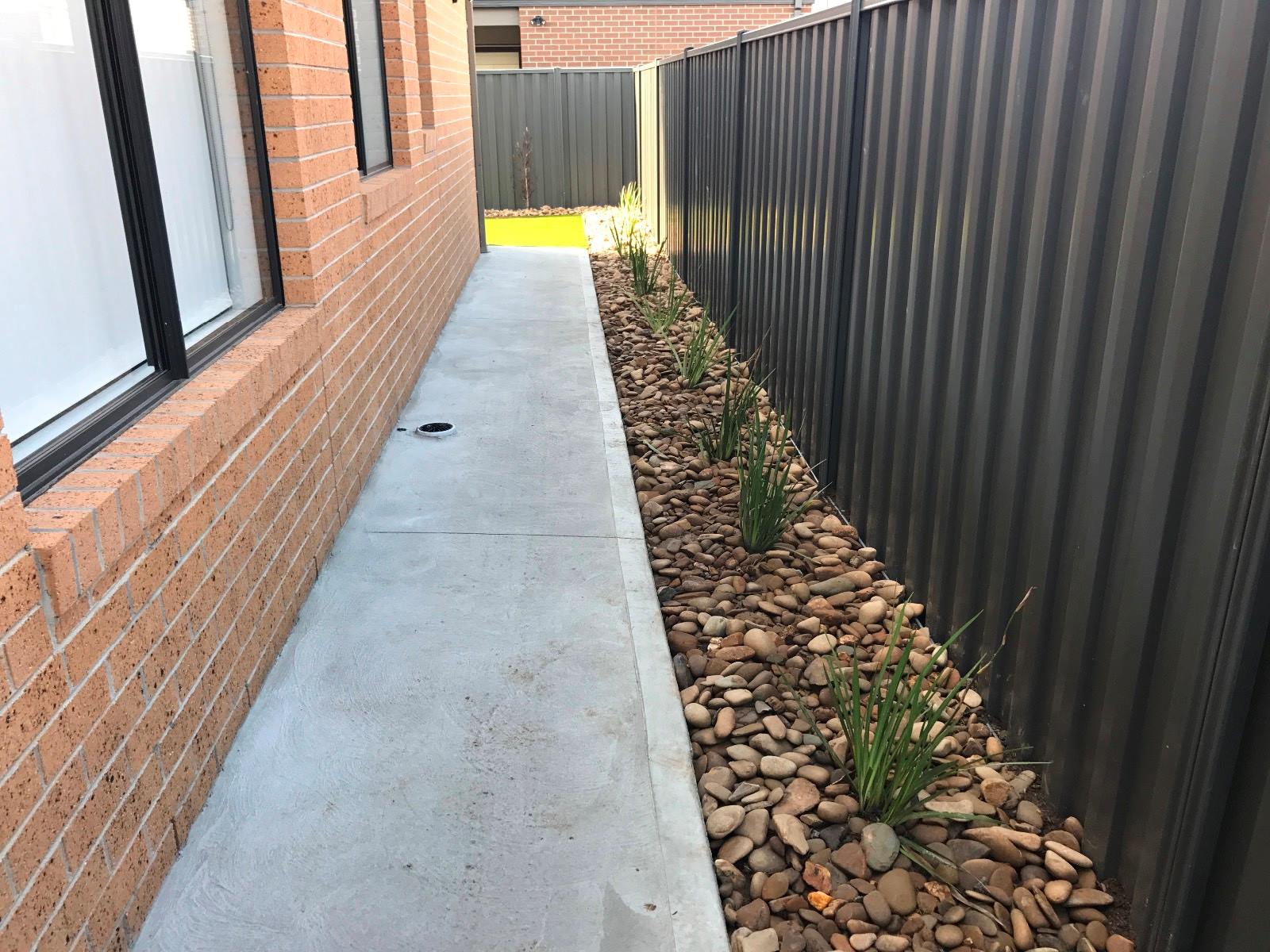
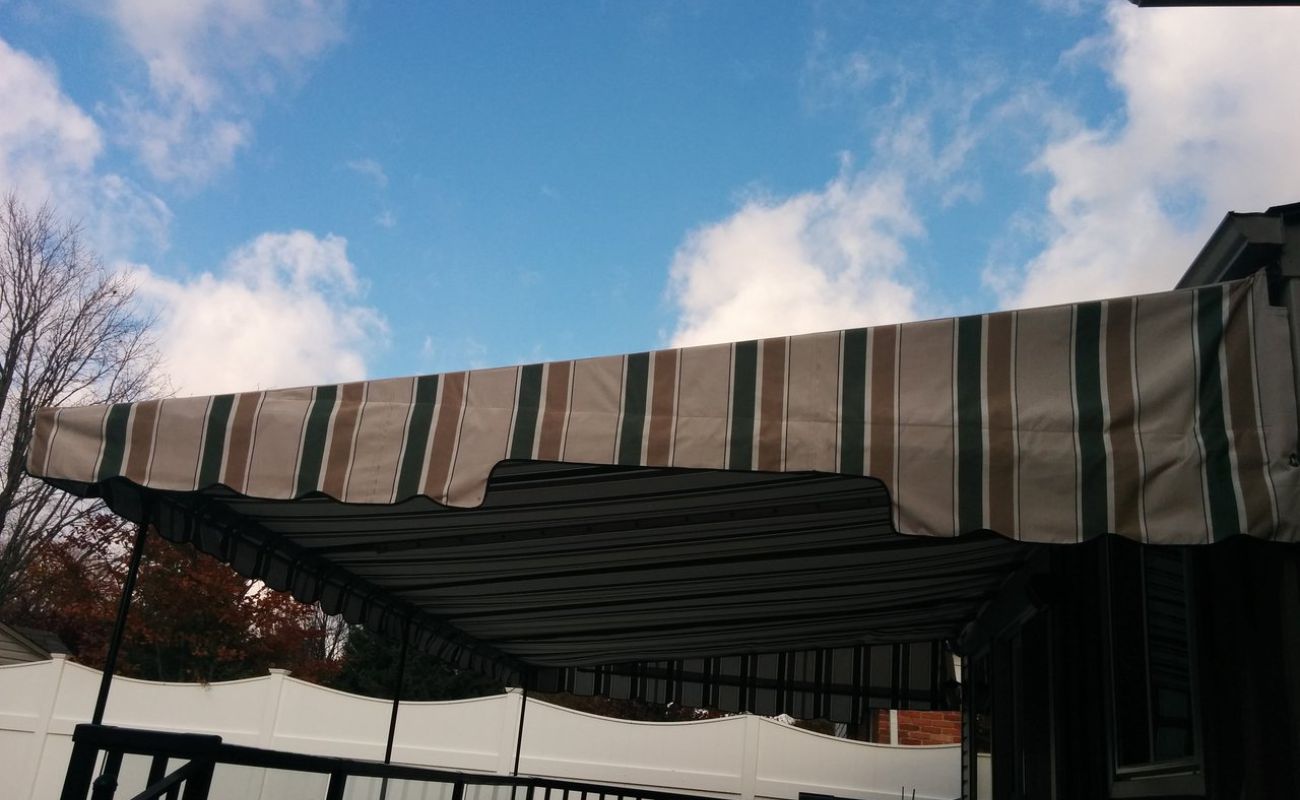
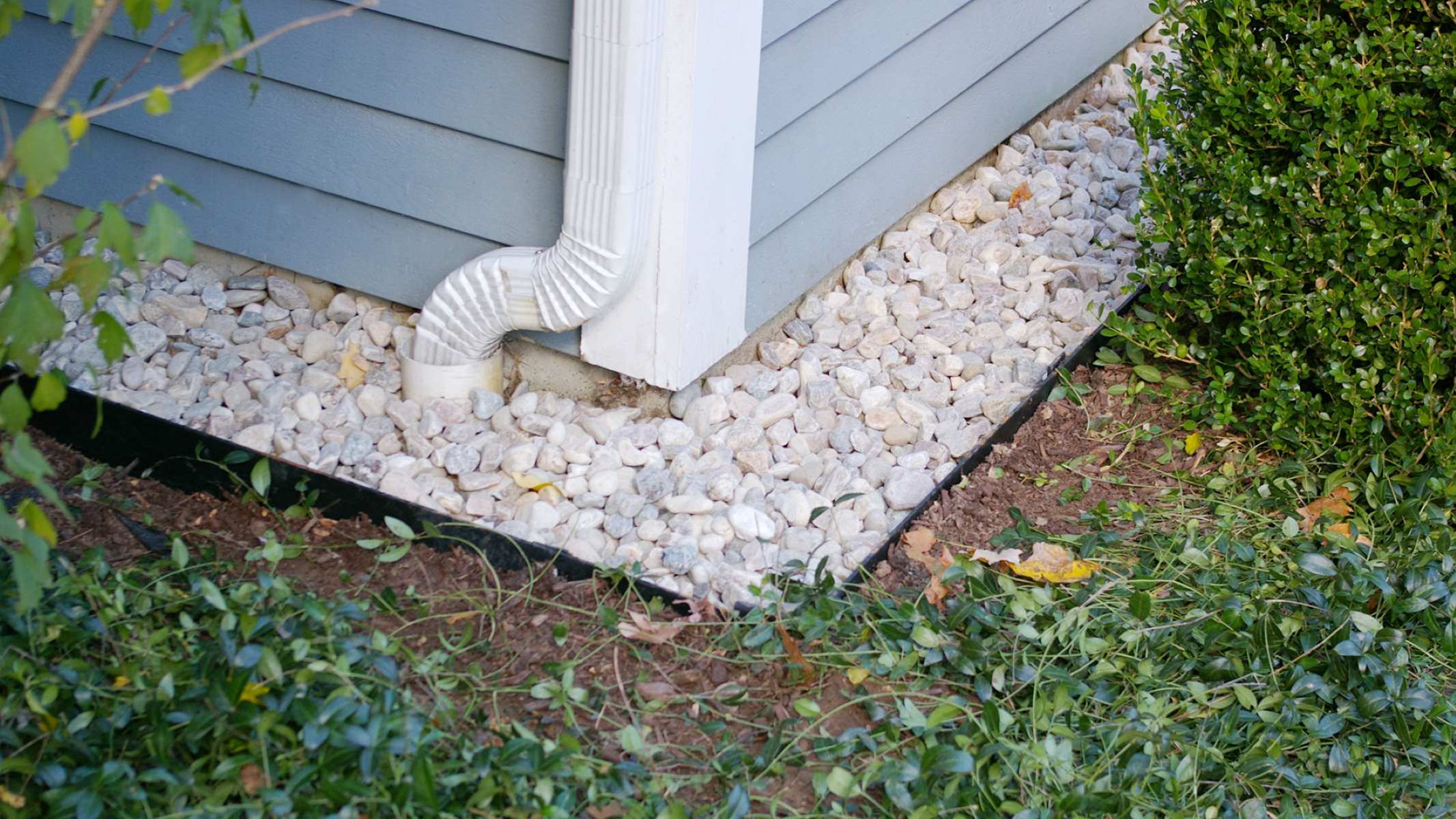
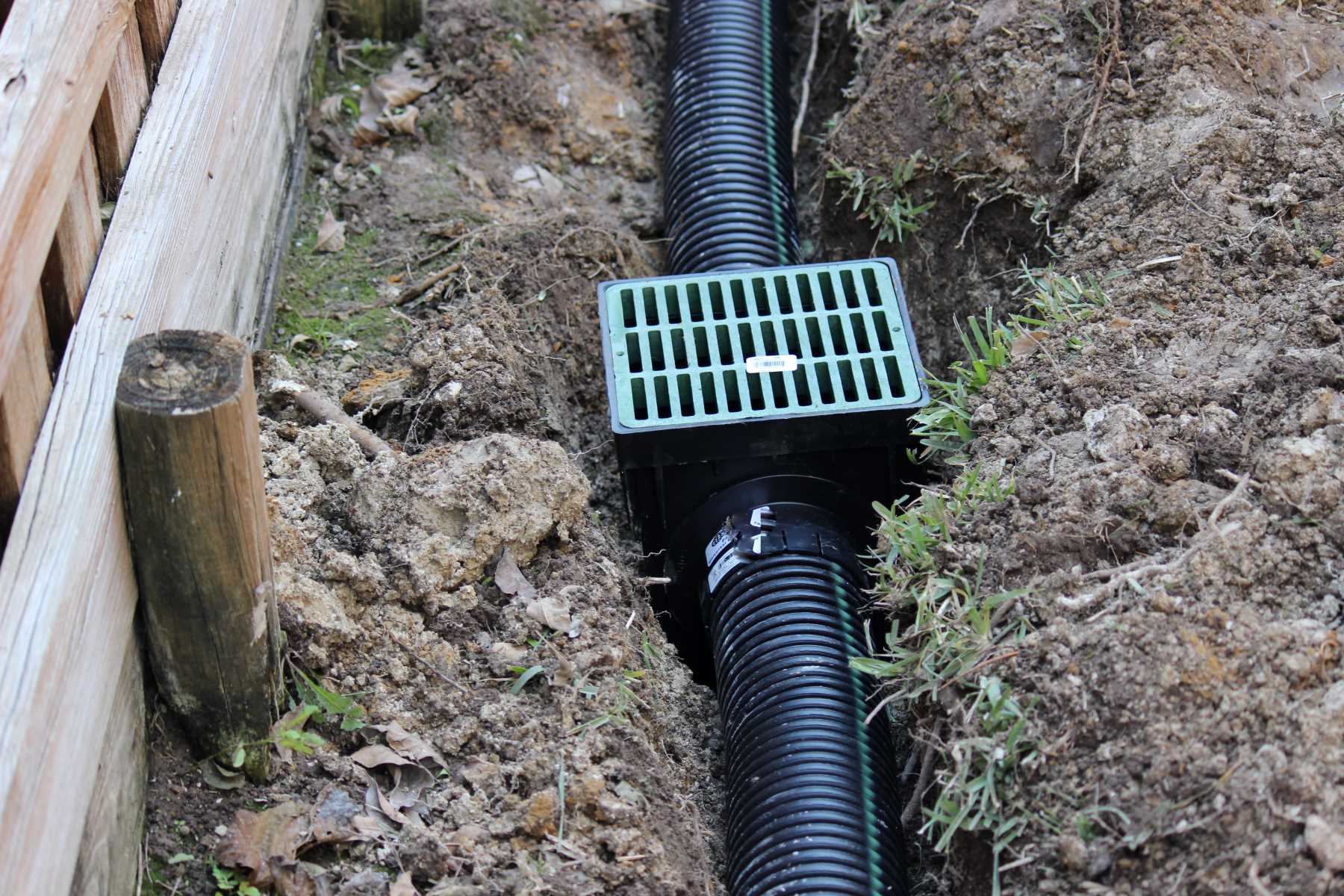

0 thoughts on “What Can You Use To Remove Tree Roots From A House Drainage System”